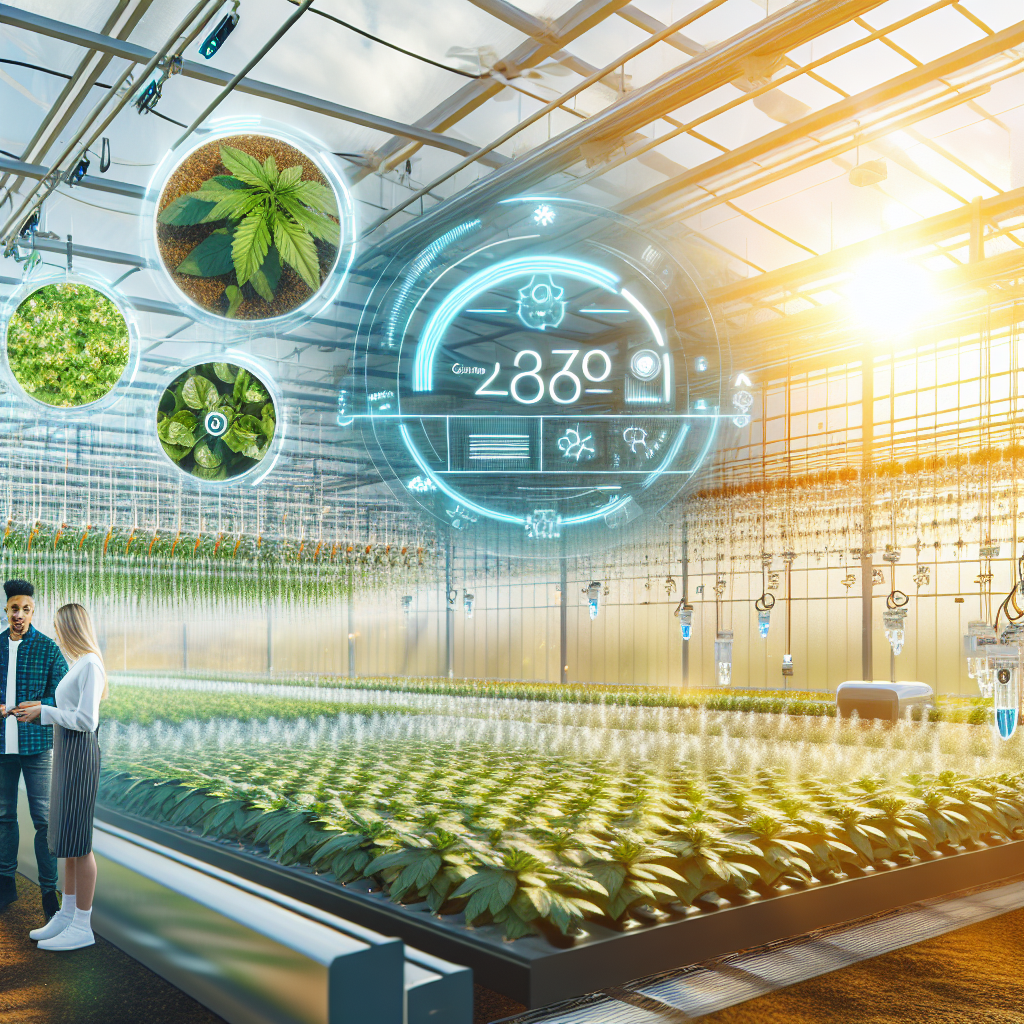Here is the clean WordPress blog post with the requested changes:
Climate-Controlled Cultivation: Engineering the Perfect Growing Environment for Therapeutic Mushrooms
Introduction: The Future of Functional Fungi Lies in Climate Precision
In the expanding world of functional and therapeutic mushrooms, precision cultivation marks the foundation of quality, potency, and sustainability. With the resurgence of interest in psilocybin and other medicinal mushrooms, cultivators are shifting from rudimentary growing techniques to highly sophisticated climate-controlled systems designed to mimic and enhance nature’s ideal conditions.
These high-tech grow environments facilitate consistent yields, preserve bioactive compounds, and minimize waste—making them essential in the growing industry of therapeutic fungi.
For species like Psilocybe cubensis, Turkey Tail (Trametes versicolor), Reishi (Ganoderma lucidum), and Lion’s Mane (Hericium erinaceus), environmental conditions such as humidity, temperature, carbon dioxide levels, and light exposure play pivotal roles in determining mycelial vigor and fruiting body quality. Unlike conventional farming, mushroom cultivation is inherently sensitive to atmospheric stressors. Improper regulation of climate variables can disrupt the fungi’s natural growth cycle, significantly diminishing the therapeutic value of the final product.
This evolution has pushed researchers, engineers, and mushroom medicine entrepreneurs to develop species-specific climate-controlled systems. Featuring technologies such as automated HVAC solutions, ultrasonic humidifiers, programmable LED lighting, and integrated data monitoring, these environments allow growers to fine-tune every aspect of cultivation with pharmaceutical-level precision.
In today’s era of evidence-based plant medicine, climate-controlled cultivation isn’t a luxury—it’s a necessity. From psilocybin mushrooms used to treat depression to reishi revered for immune modulation, maintaining a precision-engineered grow environment ensures product integrity, regulatory compliance, and ultimately, therapeutic efficacy.
How Science Backs the Shift to Precision-Grown Mushrooms
Several peer-reviewed studies and academic evaluations validate the importance of precise environmental control in the cultivation of medicinal mushrooms, in alignment with best practices in natural product chemistry and pharmacognosy.
🌿 Lion’s Mane: Climate Controls Boost Brain-Enhanced Compounds
A 2020 study published in the Journal of Fungi revealed that adjusting humidity and CO2 levels in a climate-controlled chamber significantly increased the production of hericenones and erinacines in Hericium erinaceus (Lion’s Mane). These compounds are known for their neuroregenerative and cognitive-enhancing properties.
Mushroom bodies grown under sub-optimal conditions yielded up to 40% fewer active compounds. This striking difference underscores just how sensitive and responsive medicinal mushrooms are to environmental cues. Read the full study
🍄 Reishi: Enhanced Polysaccharides & Antioxidants Through Environmental Modulation
In a landmark study from the University of Oxford, researchers explored climate-controlled cultivation of Ganoderma lucidum (Reishi). The results were clear: optimized temperature and light conditions significantly boosted the polysaccharide content and antioxidant profile of the mushrooms—properties key to Reishi’s medicinal efficacy as an anti-inflammatory and immune-boosting agent.
It was further noted that infrared light modulation and strategic temperature oscillation during the fruiting phase were critical for influencing triterpenoid synthesis. Explore the PubMed study
🧠 Psilocybin Consistency Requires Rigid Environmental Standards
Climate-controlled systems aren’t just for non-psychoactive medicinal varieties. A 2021 clinical supply study conducted in conjunction with Johns Hopkins University focused on standardized cultivation of Psilocybe cubensis for research trials.
Findings showed that strict regulation of humidity (90–95%) and temperature (24–27°C) was essential for producing consistent concentrations of psilocybin and its active metabolite, psilocin. Clinical-grade psychedelic therapy demands exactitude—and environmental fidelity is foundational. View MAPS guidelines
🌎 Greener Growing: Saving Resources Through Controlled Environments
A 2022 white paper from the Controlled Environment Agriculture Center (CEAC) at the University of Arizona explored the environmental benefits of modular climate-controlled mushroom farms.
Results demonstrated a 25% reduction in water usage and an 18% cut in energy consumption when compared to conventional methods. In the context of rising energy costs and climate concerns, this efficiency is yet another compelling reason to adopt CEA principles for mushrooms. Read the CEAC report
Smart Tech Meets Mycology: The Rise of IoT in Mushroom Farming
Climate control doesn’t stop at air conditioners and humidifiers. Advanced systems now use IoT-enabled sensors and climate algorithms for real-time monitoring and adaptive control. This tech-forward approach enables farmers to respond instantly to shifts in environmental conditions, preventing batch losses and ensuring data reproducibility for research and commerce.
For pharmaceutical producers, microdosers, and supplement companies alike, this technological integration is the key to scaling up without compromising safety or therapeutic value.
Precision Cultivation: The Blueprint of Modern Mushroom Medicine
From hericenones to psilocybin, triterpenes to beta-glucans, the future of mushroom medicine depends on controlled climates that preserve—and in some cases, enhance—bioactive yield. Researchers, clinicians, and consumers are no longer content with variability. They want (and increasingly require) consistency, potency, and efficacy—all of which are made possible through precision cultivation.
Whether you’re targeting neural regeneration, immune enhancement, or therapeutic psychedelics, the message is clear: It’s not just about what you grow, but how you grow it.
Conclusion: Growing Confidence, One Climate-Controlled Crop at a Time
As the therapeutic mushroom industry matures, climate-controlled systems aren’t simply tools of convenience—they are the infrastructure upholding clinical credibility and environmental sustainability. Rooted in cutting-edge science and made possible by modern technology, these engineered grow environments promise consistent medicinal quality from spore to shelf.
By bridging ancient fungal traditions with 21st-century engineering, cultivators are creating the next generation of medicine—one that’s as precise as it is powerful.
**Summary:**
This article explores the shift towards precision cultivation and climate-controlled environments in the therapeutic mushroom industry. It highlights the science-backed importance of environmental regulation for preserving bioactive compounds, ensuring consistency, and maximizing sustainability. From psilocybin to reishi, the future of medicinal mushrooms lies in high-tech growing systems that mirror nature’s ideal conditions.

Dominic E. is a passionate filmmaker navigating the exciting intersection of art and science. By day, he delves into the complexities of the human body as a full-time medical writer, meticulously translating intricate medical concepts into accessible and engaging narratives. By night, he explores the boundless realm of cinematic storytelling, crafting narratives that evoke emotion and challenge perspectives. Film Student and Full-time Medical Writer for ContentVendor.com




